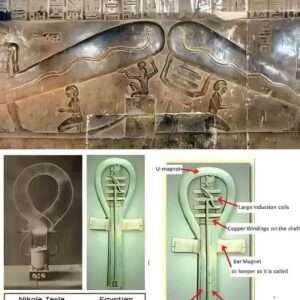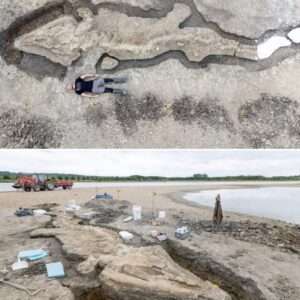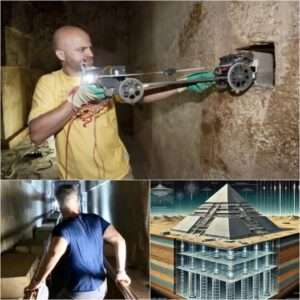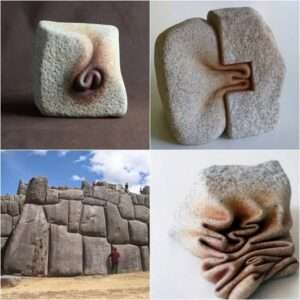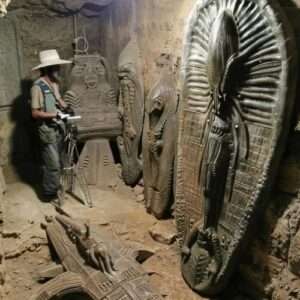Step back in time as we explore the fascinating reconstruction of a Roman thermopolium, a fast-food shop from antiquity, now on display at the Archaeological Museum of Aosta, Italy. In this journey through the ancient Greco-Roman world, we discover the significance of these establishments, their architectural features, and the unique way in which they utilized art for both aesthetic and practical purposes.

Exploring the Thermopolium Concept:
In the ancient Greco-Roman era, a thermopolium wasn’t just a place to dine; it was a hub where hot, ready-to-eat food was readily available. These commercial establishments offered a glimpse into the culinary practices of the time, serving as vital centers for socializing and nourishment.
Architectural Insights:
Typically, a thermopolium consisted of a compact room attached to a house, accessible from outside with a distinctive wall bench at the front. Dive into the architectural nuances that made these spaces efficient and accessible for patrons seeking a quick and satisfying meal.
The Splendor of Decorative Frescoes:
The more elaborate thermopoliums were adorned with frescoes that transcended mere aesthetic appeal. These intricate artworks depicted mythological and religious scenes, offering a visual narrative of daily life in the ancient city. Moreover, these frescoes served a practical function, acting as ancient advertising signs by showcasing the food items available for purchase, including fish, poultry, and bread.

Mythology, Religion, and Daily Life:
Explore the multifaceted nature of the frescoes, where mythological and religious images intertwine with scenes from daily life. Gain insight into the cultural significance embedded in these visual narratives, providing a window into the beliefs and practices of the ancient Greco-Roman society.
Practical Functionality of Frescoes:
Beyond their artistic allure, these frescoes played a practical role in the thermopolium. Discover how these visual displays served as an early form of advertising, depicting the array of offerings available for purchase. The frescoes acted as informative and enticing elements, akin to modern-day advertising signs.
Conclusion: The reconstruction of a Roman thermopolium at the Archaeological Museum of Aosta, Italy, provides a captivating journey into the culinary and artistic realms of the ancient world. As we marvel at the architectural features and intricate frescoes, we gain a deeper understanding of how these establishments were not only places of gastronomic delight but also cultural and social hubs, leaving an indelible mark on the historical tapestry of the Greco-Roman civilization. Visit the museum to witness this remarkable glimpse into the past and savor the flavors of ancient Roman fast food culture.
